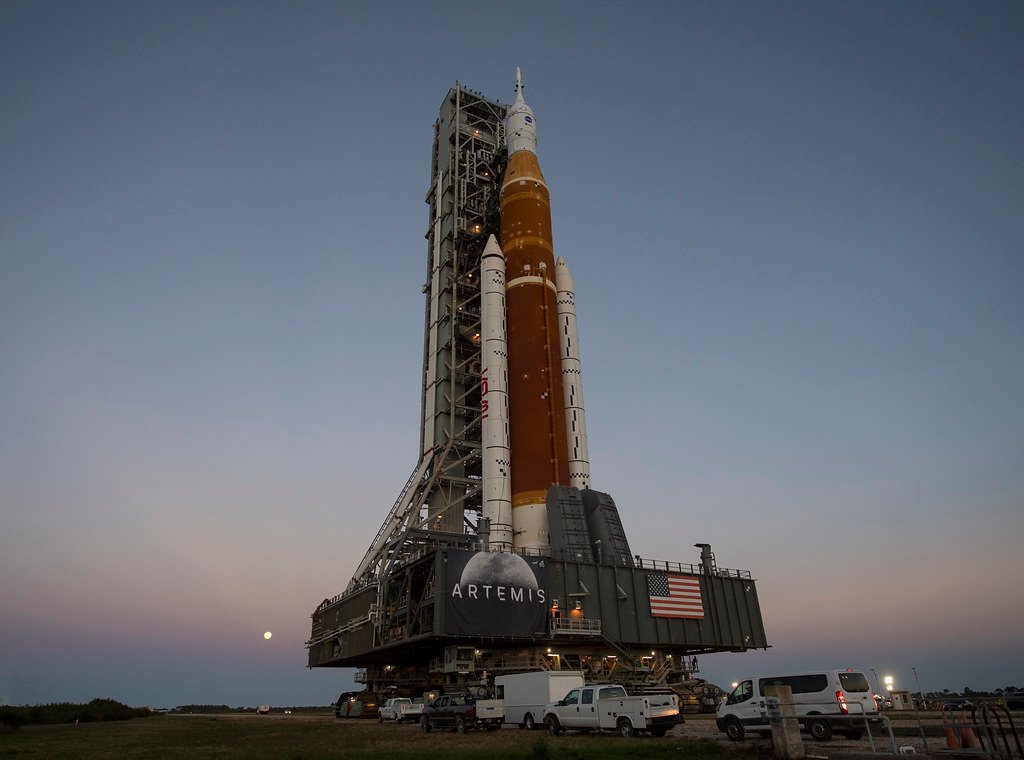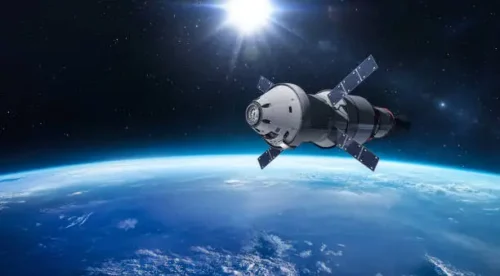The Artemis Missions represent the new great chapter of space exploration. NASA has the ambitious goal of returning humans to the Moon and, subsequently, preparing the ground for a future mission to Mars.
Table of Contents
What is the Artemis Program?
The Artemis program is NASA’s new major initiative to bring humans back to the Moon. The name “Artemis” refers to the Greek goddess Artemis, sister of Apollo, emphasizing the continuity with the historic Apollo missions of the 1960s and ’70s. But Artemis is not just a nostalgic remake of Apollo — this time, the goal is to build a stable bridge that will allow humanity to become a multiplanetary civilization, through innovation, advanced engineering, and cutting-edge space technologies.
Why Engineers Want to go back to the Moon?
There is still much to learn from our beautiful satellite. There are certainly many objectives aimed at scientific research, the joy of exploration, and the discovery of the unknown.
Nevertheless, the real strength of Artemis lies in testing technology, creating a lunar gateway, and unlocking the possibility of stable travel between the Moon and Earth. This would enable the development of lunar bases and, in the future, launch stations to reach even farther and more challenging destinations… an example? Mars
The Moon serves as a perfect engineering testing ground: its harsh environment pushes us to develop robust life support systems, efficient power sources, thermal control technologies, and advanced aerospace structures that could one day be used on Mars or beyond. It also offers valuable resources, such as water ice at the lunar poles, which could be engineered into fuel production and life-sustaining supplies for future missions.
The Missions
The missions will be divided into several phases, and we will cover them in detail in various articles. Briefly:
- Artemis I (completed): a mission launched in 2022 with the goal of testing the new SLS (Space Launch System) rocket and the Orion capsule through an uncrewed lunar flight test (meaning no astronauts on board). The SLS lifted off on November 22, 2022, and the mission successfully concluded on December 11 of the same year, providing the engineering reliability of NASA’s next-generation rocket system.
- Artemis II: scheduled for April 2026, this will be the first mission with astronauts, specifically a crew of four. The mission aims to perform a lunar flyby, during which the full functionality of Orion’s life support, communication, navigation, and thermal control systems will be verified.
- Artemis III: expected at the end of the decade, it envisions a human landing near the lunar South Pole, an area still unexplored.
- Artemis IV: sets the ambitious goal of inaugurating the first lunar space station, using a larger and more powerful version of the SLS rocket and a new mobile launcher.
Why Is It the Future of Space Exploration?
Beyond promoting international cooperation — with space agencies like ESA, JAXA, and CSA, and the involvement of private companies like SpaceX —
The real reason why the Artemis program is the future of space exploration is that it’s not just about the Moon. In fact, our satellite is part of a much broader strategy aimed at building a sustainable human presence in space, such as the future Gateway lunar orbiting station, and creating the conditions to make travel to Mars accessible for the next generation of astronauts.
Final Thoughts
Artemis is not just a technological or political project — it’s a profound statement about humanity’s place in the cosmos. It reflects our innate desire to explore, to push the boundaries of space engineering, and to seek out new frontiers. By investing in long-term lunar infrastructure, developing cutting-edge aerospace technologies, and fostering international and commercial engineering partnerships, Artemis lays the foundation for an era of space exploration that could reshape our species’ future.
Moreover, the lessons learned from these missions will ripple far beyond the confines of space. Innovations in materials engineering, energy systems, robotics, and life sciences developed for Artemis could lead to breakthroughs on Earth, improving life for millions. Educationally, the program will inspire a new generation of engineers, scientists, and dreamers, reminding them that the stars are not out of reach.
In conclusion, the Artemis missions mark a paradigm shift in space exploration. It’s no longer just about “going” to space, but about staying there, learning, and building a sustainable engineering presence. The Moon is the springboard for humanity’s next great leap — and Artemis is the bold, determined first step toward a future among the stars.
See also:



Pingback: The Evolution of Rocket Propulsion: From V-2 to SpaceX - TheEngineeringHub
Pingback: Mars Colonization: How Close Are We? - TheEngineeringHub